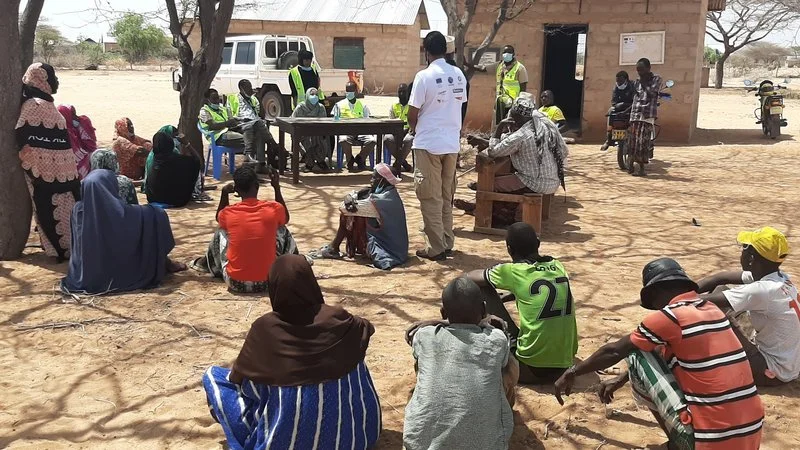It is incontrovertible that the peace and security challenges experienced in Africa from the 1990s put continental and international attention on the key roles played by young men and women in episodes of armed conflict and insecurity. Successive wars and violations of formal peace agreements and processes across the continent further heightened the attention and concern of policy institutions to the participation of youth in armed conflicts and violence. Across the divide, young people continue to constitute the core of combatants, while also representing a significant number of those affected by armed conflicts, violent extremism, banditry, violent protests and gender-based violence in Africa. For instance, in addition to disruption of education and youth-sensitive socio-economic activities, “estimates of direct conflict deaths in 2015 suggest that more than 90 percent of all casualties involved young males.”
CHALLENGES TO LOCALIZATION
This article captures the full range of notes and ideas about the challenges to localization, generated by workshop participants during brainstorming and small group discussions. The views and conclusions contained in this article are primarily those of non-USAID participants and should not be interpreted as representing the views, positions, or official policies, either expressed or implied, of the U.S.Government.
Improving Community Reslience To Tuberculosis And Other Lung Diseases.
Tuberculosis (TB) remains a global threat to public health and is the leading cause of death by a single infectious agent with 1.4 million deaths in 2019. An estimated 10 million people developed TB disease but only 7.1 million (70%) were notified. The global TB targets aim at a 95% reduction in TB deaths, a 90% reduction in incidence compared to 2015, and 0% TB-affected families facing catastrophic costs due to TB by 2035.




